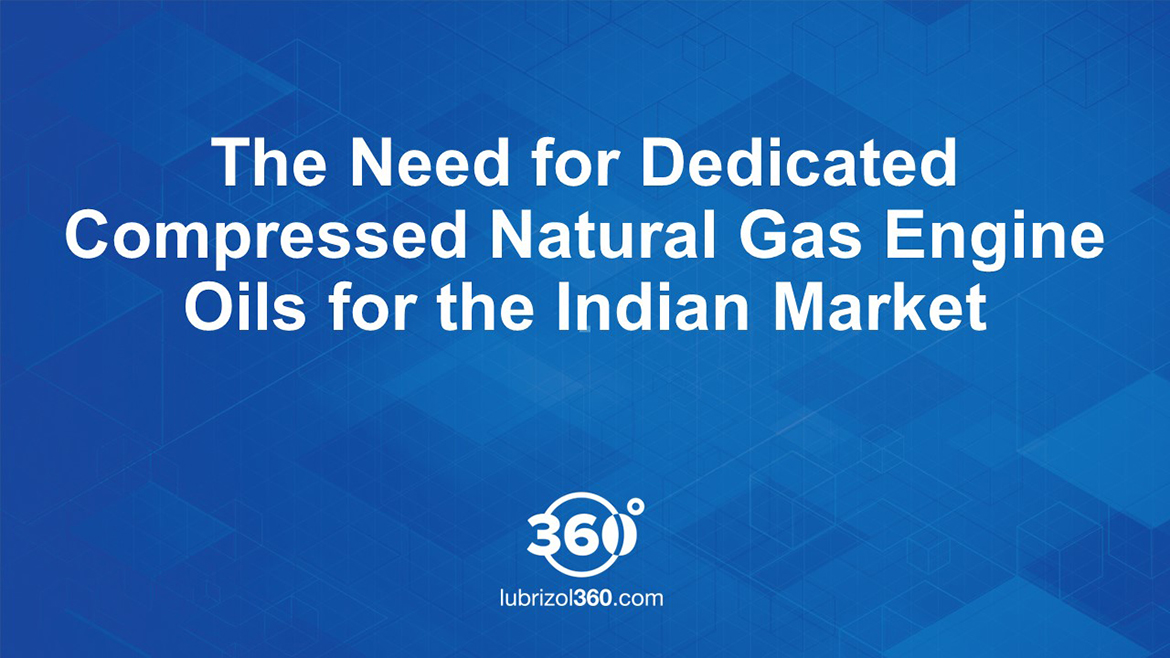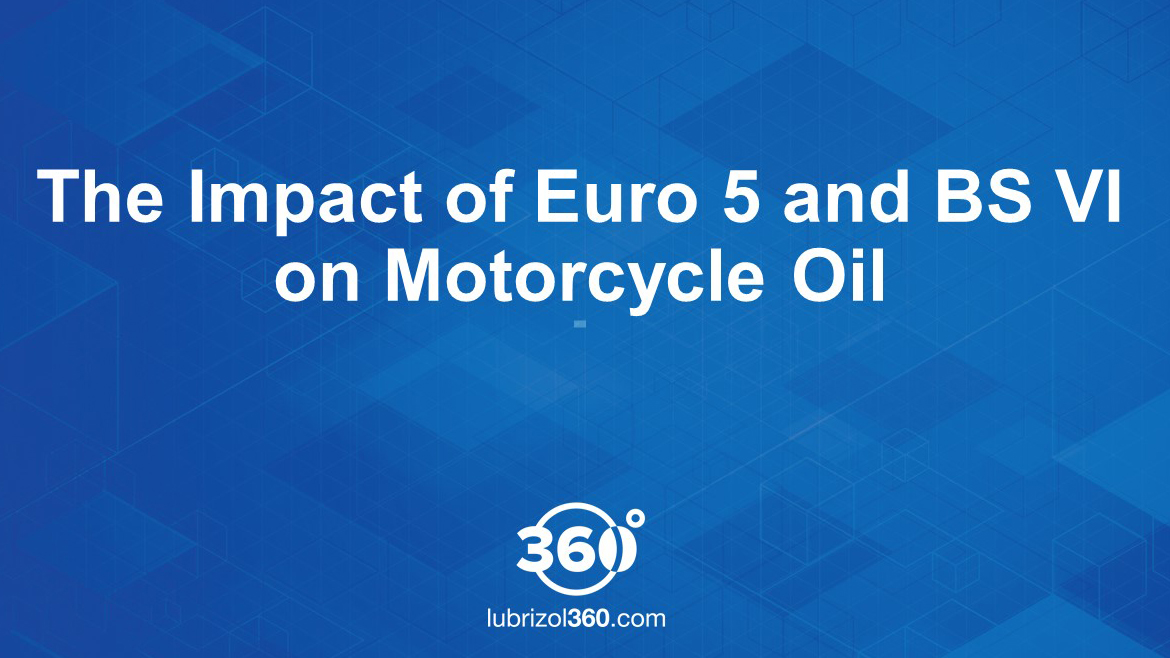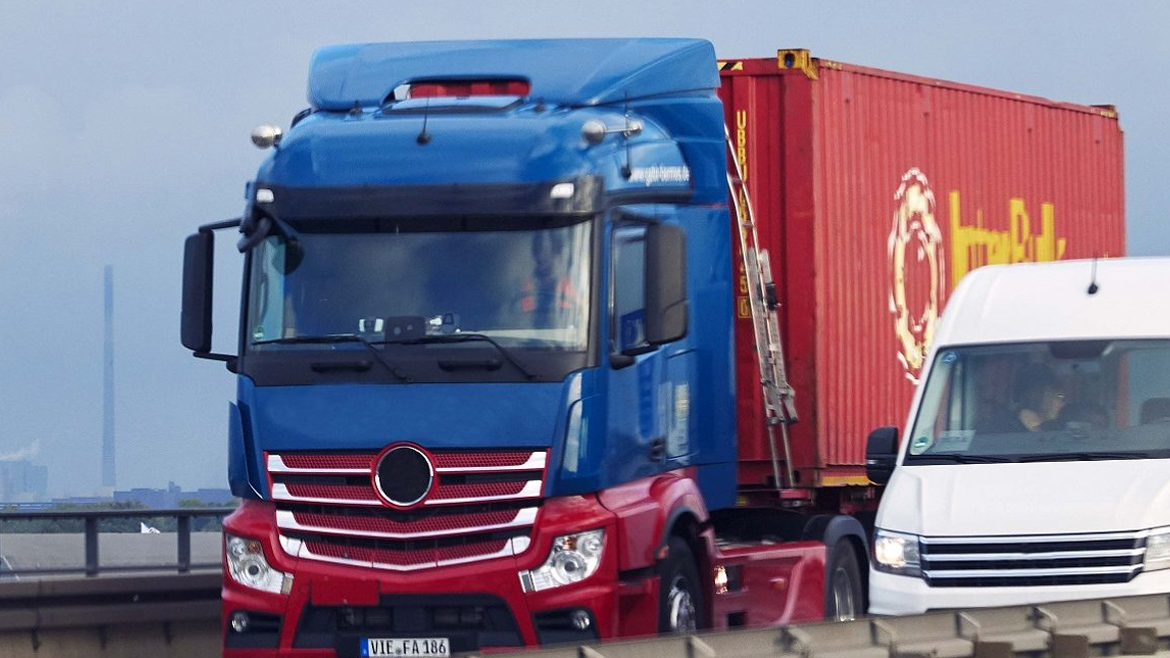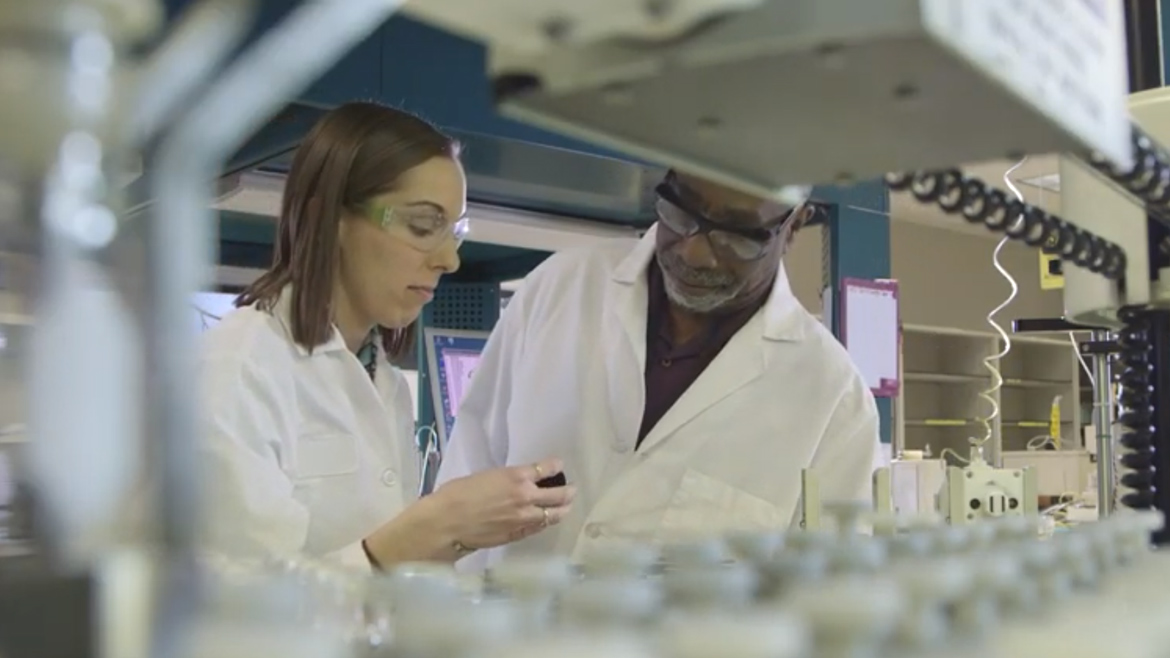Sep 14, 2020
Posted by Kailash Sawant, Associate Director, Product Management, Lubrizol Additives – India & Middle East, Adam Kidson, Technology Manager, India and Middle East
This article highlights the key takeaways from our recent webinar, Impact of BS VI Legislation on Heavy- Duty and Passenger Car Engine Oil Technology, part of our Lubrizol360 Webinar Series featuring Lubrizol experts discussing important industry trends. You can view the full webinar and register for upcoming webinars here.
***
The Indian automotive landscape is changing rapidly. By 2025, more than 150 million new vehicles will represent a new era in the region, driven primarily by two major pieces of legislation.
- Implementation of emission standards of BS VI which came into effect April 1, 2020
- Fuel economy mandates for heavy-duty commercial vehicles and passenger vehicles planned to be implemented from 2021 onwards.
To meet these new emissions and fuel economy regulations, vehicles operating in India will change fundamentally. Here are some changes to watch for, and what will be required to keep vehicles operating at their performance peak.
Reduced emissions. Moving towards BS VI emission standards means drastically reducing the Oxides of Nitrogen (NOx) and Particulate Matter (PM) limits.
In case of Passenger vehicles, NOx limits have been reduced by 25% for gasoline vehicles and 70% for diesel passenger vehicles, while in case of Commercial vehicles, the limits have reduced by more than 90%. As for PM, the limits for the passenger vehicles have been reduced by more than 80% the limits for commercial vehicles have been reduced by more than 50%, along with introduction of particulate number.
Hardware changes in commercial and passenger vehicles. To meet these stringent norms of particulate matter, all diesel-powered vehicles with BS VI engines have been fitted with after-treatment devices such as Diesel Particulate Filters (DPF) necessitating the use of low SAPS (Sulphated Ash, Phosphorous & Sulphur) engine lubricants.
DPFs are designed to remove PM from the exhaust, which they can only do when the filter is free from ash. If the ash from lubricants clogs the filter, it is rendered inoperable. As a result, fleet managers in India should be looking for low-SAPS lubricants to maintain their trucks in compliance with the new legislation and regulation.
Fuel economy. Phase 2 standards for fuel economy will be implemented starting in 2021 and will require an improvement of between 8.2% and 13.3% for commercial vehicles. In the passenger vehicle market, the new requirements include fuel consumption improvement to meet a target of 113 gCO2/km.
Lubricants that enhance fuel efficiency goals can deliver real-world value to fleet operators as they try to comply with the tighter guidelines.
While BS VI and fuel economy mandate offers a great opportunity to offer higher performing lubricants to end users, there are specific factors that clearly necessitate suitable lubricant technology that not only meets the regulations but is also designed to perform in India’s unique conditions
Increased demand on oil. India has distinct factors such as a unique drive cycle, load conditions and road infrastructure leading to slower driving speeds compared to developed nations. The key issue anticipated is that low driving speeds will make it difficult to achieve the temperature required for burning soot in the DPF, leading Indian manufacturers to work around different strategies for DPF regeneration including post-combustion injection. This will have the potential to impact in two ways – reduced fuel economy and increased fuel dilution, which can further accelerate oxidation
Additionally, the drive towards lower viscosities to achieve fuel economy mandates shall further put pressure on lubricant as thinner oils will drive the lubricant regime more towards boundary lubrication.
Our View
The challenging operating conditions in India require higher performance lubricants. API/ACEA baselines may not be sufficient, so additional OEM credentialing will be required to ensure optimum protection and performance. BS VI is a unique opportunity to move to higher performance, higher value lubricants, and represents a great opportunity for oil marketers to differentiate and grow value.
These new lubricants will necessarily contain the following characteristics:
- Improved fuel efficiency
- Aftertreatment system compatibility and protection
- LSPI protection
- Improved durability under severe operating conditions
- Backward compatibility
For more information about BS VI, contact your Lubrizol representative and watch the full in-depth webinar here.









